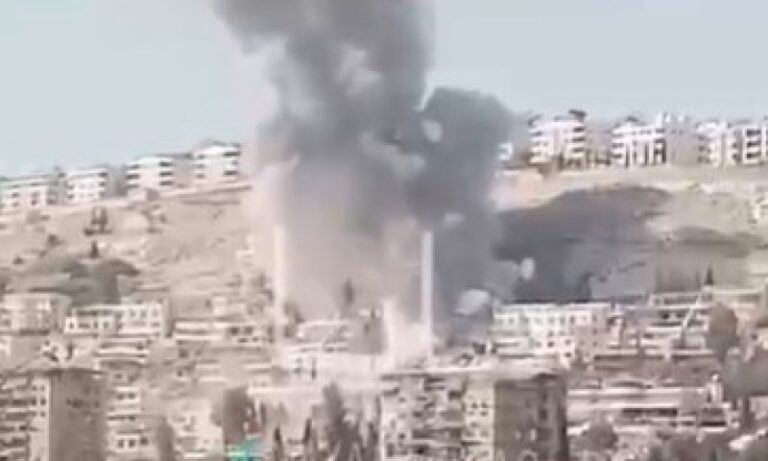 Workers abandoned Japan’s quake-stricken nuclear plant on the verge of meltdown Tuesday when increasing radiation levels made it too dangerous to remain.
Workers abandoned Japan’s quake-stricken nuclear plant on the verge of meltdown Tuesday when increasing radiation levels made it too dangerous to remain.
Inside the evacuated Fukushima plant about 50 workers had been struggling to keep pumping seawater into the reactors to avert a meltdown of the nuclear core that could spread large-scale contamination.
But Chief Cabinet Secretary Yukio Edano said the work was disrupted by the need to withdraw.
“So the workers cannot carry out even minimal work at the plant now,” Edano said. “Because of the radiation risk, we are on standby.”
The greatest threat appeared to be the spent fuel rods at the No. 4 reactor. The rods must be kept submerged to prevent them from catching fire and spewing radiation.
Tokyo Electric said the pool had begin to boil, suggesting the water would evaporate and expose the rods – or already had.
Ominously, water temperature in the spent fuel pools at the No. 5 and No. 6 reactors was also rising, Tokyo Electric said.
The utility said it had been weighing whether to drop water and boric acid, which slows nuclear reactions, on reactor No. 4 from helicopters and fire trucks.
The utility also said 70% of the nuclear core inside reactor No. 1 had been damaged, and 33% of the fuel rods in reactor No. 2 had been damaged – signs of a partial meltdown.
Earlier, the crisis was upgraded to a six on the seven-point international scale for nuclear accidents – worse than Pennsylvania’s Three Mile Island and second only to the 1986 Chernobyl catastrophe in Ukraine.
European Energy Commissioner Guenther Oettinger said Tokyo appeared to be losing control of the crisis.
“There is talk of an apocalypse, and I think the word is particularly well-chosen,” he said after an emergency meeting of nuclear experts in Brussels.
Reactor No. 4 was idled for maintenance before Friday’s double-whammy earthquake and tsunami, but the disaster crippled vital cooling systems, and spent fuel rods stored there were overheating.
The fire appeared to go out by itself after a few hours, the government said, but workers could not get near enough to confirm that.
Three hydrogen explosions and two fires since Saturday have released dangerous levels of radiation.
Prime Minister Naoto Kan told citizens in an 18-mile radius of the plant – about 140,000 people – to stay indoors with the windows closed, and to wash off any skin exposed to the outside air.
Radiation fears spread to Tokyo, 150 miles away. Streets were unusually empty as people cowered indoors. France began evacuating its nationals.
Authorities said radiation levels were 10 times higher than normal in the capital but were the equivalent of a chest X-ray and did not yet approach harmful levels.
The U.S. Navy told personnel and their families stationed at two bases in Japan to limit outdoor activity.
“These measures are strictly precautionary in nature. We do not expect that any United States federal radiation exposure limits will be exceeded even if no precautionary measures are taken,” the 7th Fleet said in a statement.
(Source: NY Daily News)










